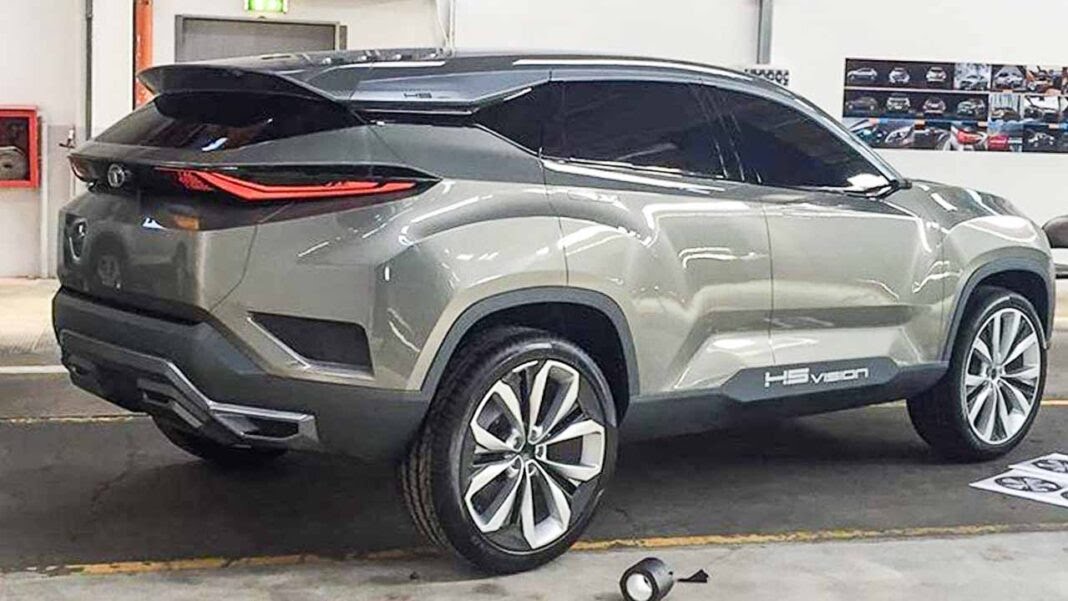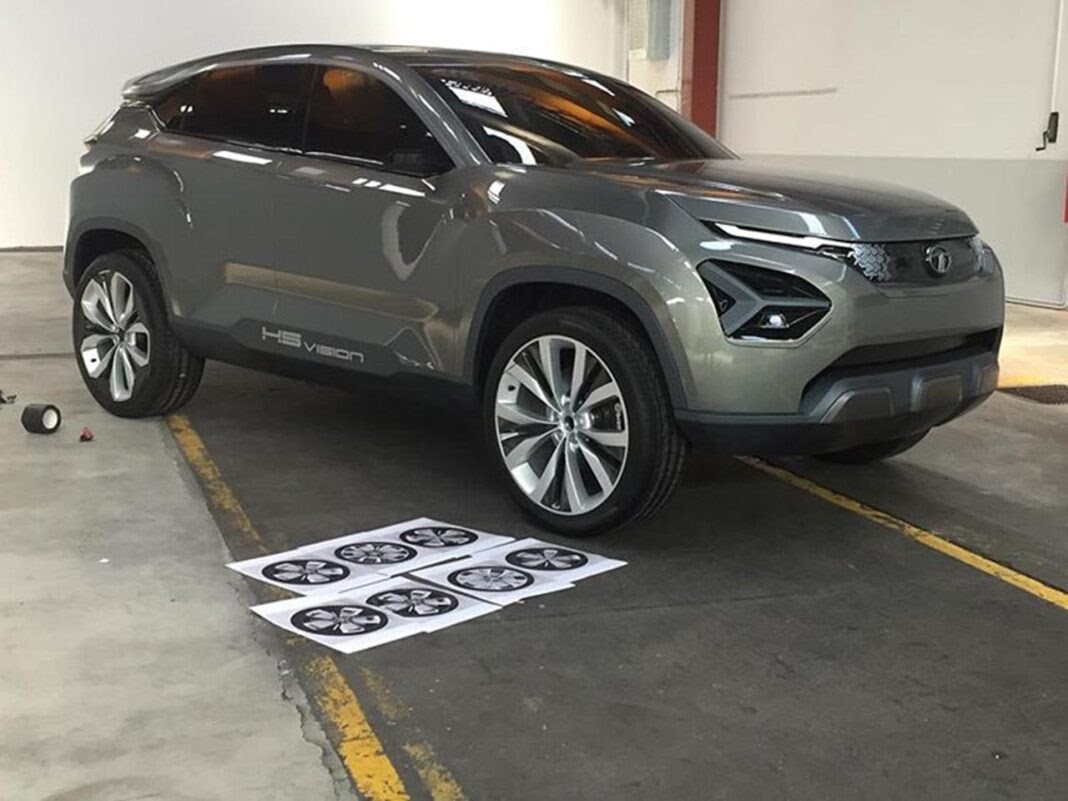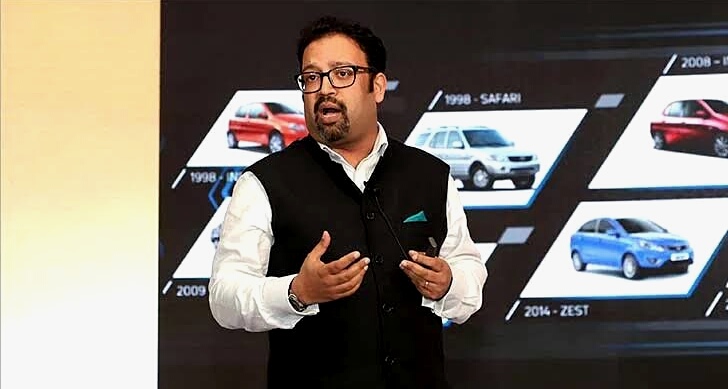
N Chandrasekaran, Chairman, Tata Motors -Photo By GPN
NEW DELHI, 25 AUGUST, 2020 (GPN): Shares of Tata Motors Ltd. traded 2.57 per cent up in Today’s trade at 10:21AM (IST). Around 137820 shares changed hands on the counter. The stock opened at Rs 45.3 and touched an intraday high and low of Rs 46.05 and Rs 44.9, respectively, in the session so far.
The stock quoted a 52-week high of Rs 213.65 and a 52-week low of Rs 63.5.
Tata Motors Ltd., incorporated in the year 1945, is a Large Cap company (having a market cap of Rs 13977.61 Crore) operating in Auto sector. For the quarter ended 30-06-2020, the company has reported a Consolidated sales of Rs 31481.86 Crore, down -49.18 % from last quarter Sales of Rs 61949.39 Crore and down -48.25 % from last year same quarter Sales of Rs 60830.16 Crore Company has reported net profit after tax of Rs -8384.22 Crore in latest quarter.
Tata Motors Ltd. key Products/Revenue Segments include Motor Vehicles which contributed Rs 57868.04 Crore to Sales Value (97.05 % of Total Sales), Other Operating Revenue which contributed Rs 1390.36 Crore to Sales Value (2.33 % of Total Sales), Sale of services which contributed Rs 365.17 Crore to Sales Value (0.61 % of Total Sales) and Income From Financial Services which contributed Rs 1.12 Crore to Sales Value (0.00 % of Total Sales)for the year ending 31-Mar-2020.
Promoter holding
Promoters held 42.39 per cent stake in the company as of quarter ended 31st Jun 2020.
Valuation ratio
It quoted a price-to-earnings ratio of -2.28 and price to book value of 0.71.
ANALYSTS REACTION TO TATA MOTORS Q1FY21
EMKAY
Analysts at Emkay expect Tata Motors’ consolidated revenues to decline over 50 per cent YoY to Rs 30,187.1 crore. Standalone revenues are seen declining by 81 per cent due to an 82 per cent drop in volumes to 25,047 units while JLR’s GBP revenues are expected to decline by 47 per cent due to a 42 per cent drop in volumes to 75,298 units (including JV). Overall, the company’s loss may widen to Rs 6,961.2 crore from the loss of Rs 3,452 crore reported in Q1FY20.
Tata Motors 2020 portfolio arguably consists of the best-looking products in the affordable sphere of the Indian automotive market. Even if one finds it hard to agree with this, it is almost impossible to title a modern Tata product ‘bad-looking’. Other major brands have also followed suit at creating attractive products. However, some of them have failed miserably in the process.
Proper automotive design and styling enthusiasts might point out that Indian-origin car designs carry some extra bits that would otherwise leave space for clean aesthetics. To a good extent, this is true as well since the wider majority of buyers in the country are not that passionate or ‘tasteful’ about automobiles, but are attracted to elements such as chrome overload, extended plastic claddings, sticker jobs all around, etc. Certain OEM accessories are culprits too.
TATA MOTORS: Impact Design 2.0’ philosophy
The Indian automaker states that its‘Impact Design 2.0’ Philosophy’ showcases a ‘sharper yet contemporary approach’. From the designers’ perspective, there are three principles each for exteriors (“exciting proportions, expressive surfaces and extraordinary details”) and interiors (“inviting spaces, intelligent choices and in-touch surfaces”). The Tata Harrier was the first Impact 2.0 product. It was followed by 2020MY avatars of the Nexon, Altroz, Tigor and Tiago.

Pratap Bose, Vice President (Global Design) of Tata Motors

Tata Harrier, Nexon-Facelift final designs -Clay Models

TATA Harrier Model Facelift Final Design

Pratap Bose, Vice President (Global Design) of Tata Motors, has shared the final 1:1 clay models of the Tata Harrier (‘H5X Concept’ back then) and Nexon facelift on Instagram. The images were taken at the brand’s design studio in Turin, Italy — one of three in the world.
Starting with the H5X Concept, the crossover concept looks considerably different than its present road-going counterpart. The overall silhouette remains nearly identical even though key aesthetic details (headlamp and tail lamp assembly, wheels, bumpers, stance, among others) have made a marked shift.
Meanwhile, the ‘2020 Nexon’ clay figure looks largely the same, being a facelift. Still, those who have an eye for details can easily spot a few differences. It is worth mentioning that the very first ‘2015 Nexon’ concept had varied traits compared to the production-spec pre-facelift version.
To date, there have not been many Indian cars that could grab global attention (in a positive way) purely through aesthetics. Tata Motors was one of the very first in recent times to impress foreign journalists and auto vloggers (knowledgeable members of the community) thanks to some interesting concepts showcased at previous instalments of Geneva International Motor Show. Even the TaMo RaceMo project (sacked) gained respect from international media due to the effort made.


Be the first to comment on "Tata Motors shares rise nearly 3% , beats analysts estimates as Tata Harrier and Nexon Facelift and Production underway"